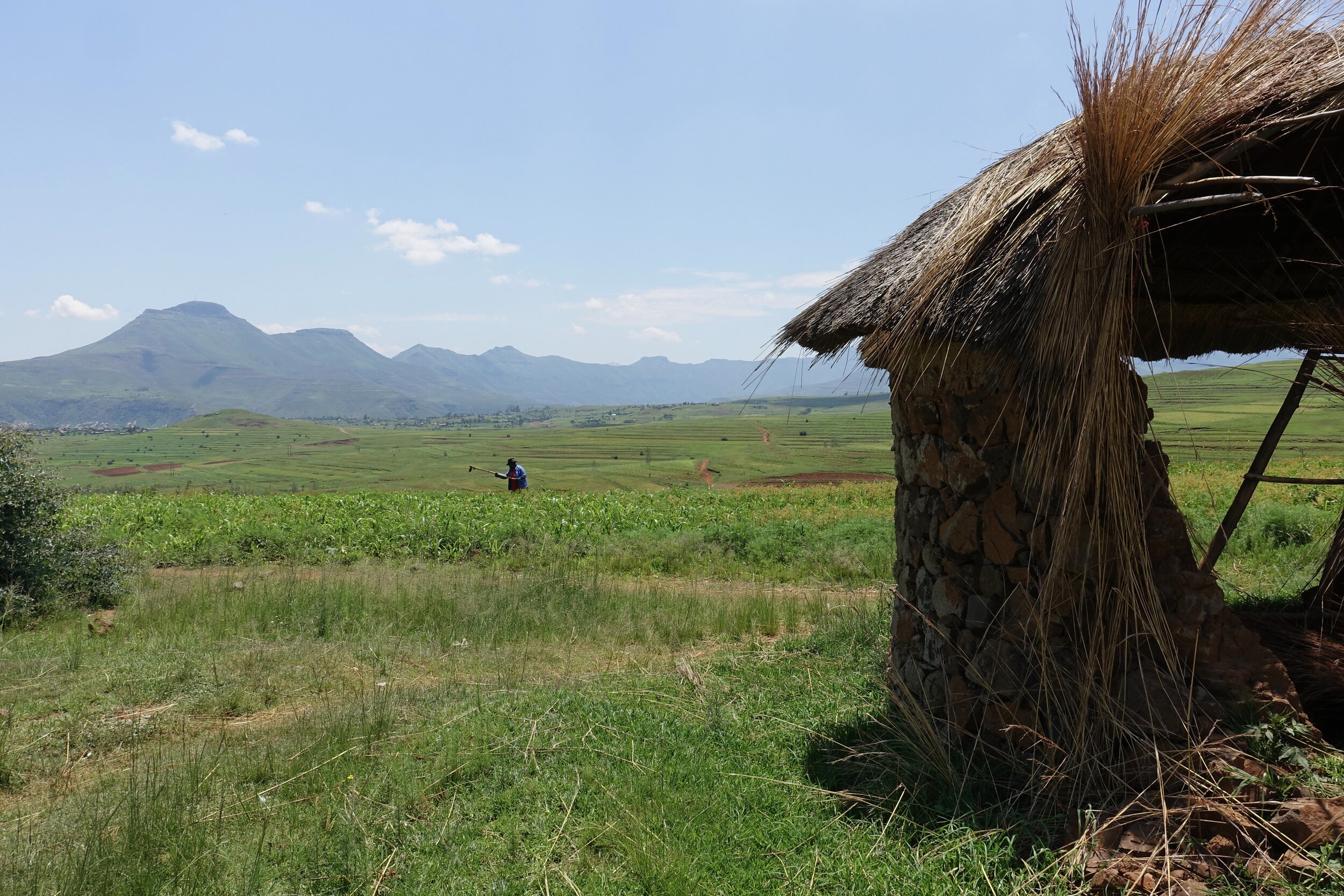About VITAL




Project overview
Providing continuous high-quality HIV care to a rising numbers of patients represents a major challenge to resource-constrained health systems in sub-Saharan Africa. Allocating available resources in an efficient way to ensure all patients receive care according to their needs and personal preferences is a key concept of differentiated care. This requires a shift from a »one-size-fits-all« approach to a care model where follow-up is tailored according to the individual medical, psychosocial and economic condition of a patient. Today’s reality often looks different: follow-up intervals are standardized causing unnecessary clinic visits for some patients, whereas others may not get the intensity of follow-up and care they need. New HIV care models should allow clinically stable patients with a suppressed viral load under antiretroviral therapy (ART) to attend the clinic less often, whereas the care model must ensure that those with unstable conditions are attended to in time. Viral load results can serve as a basis for tailoring care, but only if results are followed by the right clinical action.
VITAL (Viral Load Triggered ART care in Lesotho) is a differentiated care model taking into account the viral load results, clinical conditions and personal preferences of patients taking ART in Lesotho. In the VITAL model, various eHealth tools help nurses in bundling information and clinical decision making. Patients are empowered through automated direct communication of viral load results via SMS and, depending on their preference, they may receive further eHealth and telemedical support, such as reminder messages, advice via cell phone and automated phone-based screening for tuberculosis symptoms. In a pragmatic cluster randomized trial, we will assess if the VITAL model results in improved care and if it is cost-effective.
Study sites
Lesotho is a landlocked country surrounded by South Africa. More than two thirds of the population live in rural villages that are difficult to access due to the mountainous terrain and limited infrastructure. Almoste half of the population lives below the national poverty line (2017 data, World Bank). With 23.6% of all adults living with HIV, Lesotho has the second-highest HIV prevalence worldwide.
18 nurse-led clinics in the districts of Butha Buthe and Mokhotlong in Northern Lesotho are participating in the VITAL trial. According to a national survey from 2016/17, the adult HIV prevalence is 17.8% and 26.1%, respectively, in the two districts. These two districts have a combined population of 220’000 people living mostly from farming, mining, and construction or domestic work in neighbouring South Africa. Butha Buthe and Mokhotlong districts each only have a single medium-sized town with 25’000 and 10’000 inhabitants, respectively. The remaining population lives in small villages scattered over a mountainous area of 5,842 km2. Therefore, traveling to the clinics is very costly for many patients.
